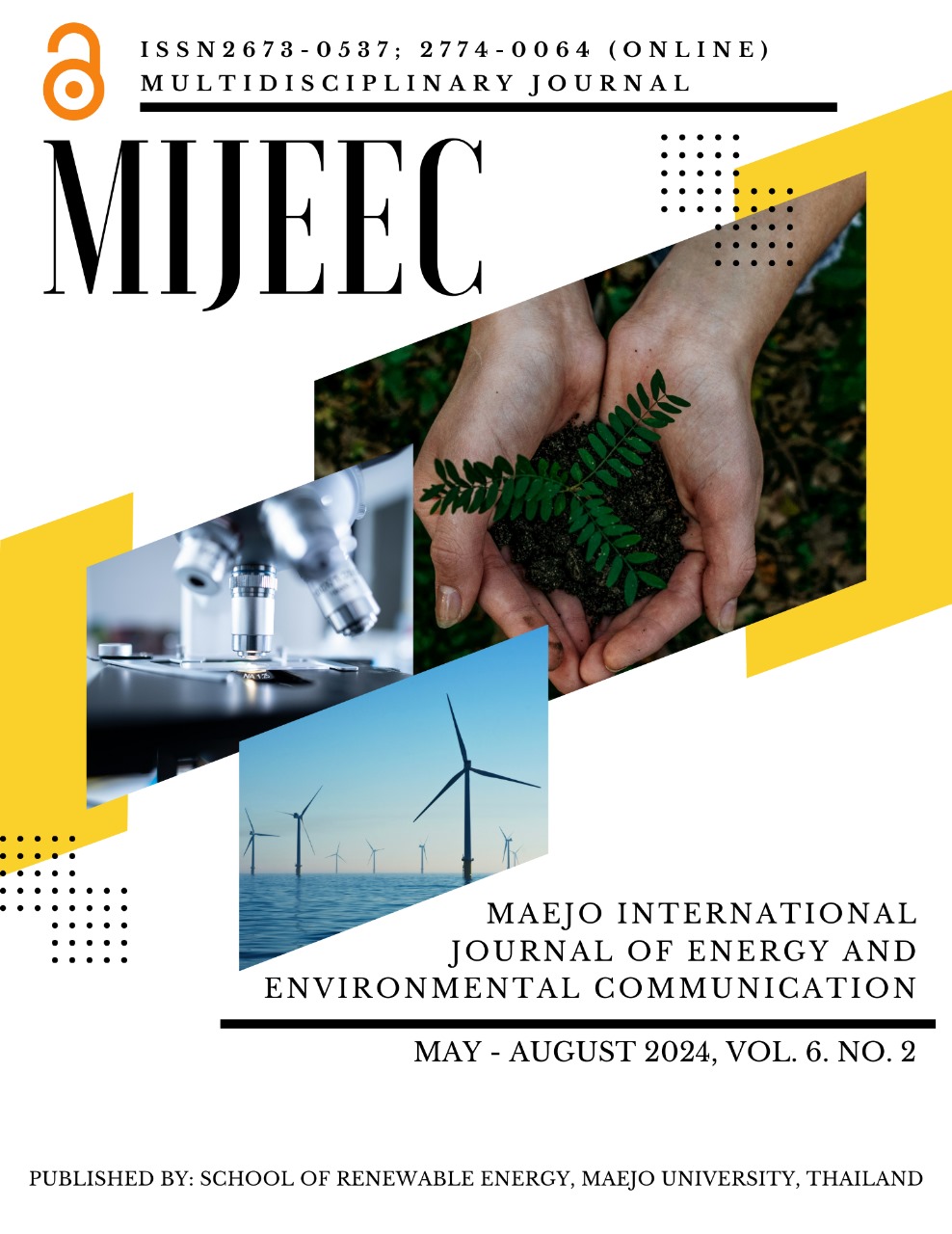PM concentrations and particle size distributions in urban areas and their health effects
Main Article Content
Abstract
The objective of this study was to compare particulate matter (PM) emissions in terms of mass concentrations, number concentrations and particle size distributions, performed at three enclosed parking garages, adjacent open-air conditions in two streets and with indoor conditions in two labs in Belgium. PM measurements were sampled in real time using an Electrical Low-Pressure Impactor Plus (ELPI+) instrument. Particle number concentrations and mass concentrations with three size fractions of PM1, PM2.5 and PM10 were analysed. Average results are presented of the measured value obtained from the 3 garages, 2 streets and 2 labs. The results showed that the average particle mass concentrations in the garage, street and lab are 40, 16 and 23 µg/Nm3 for PM1, while 52, 24 and 29 µg/Nm3 for PM2.5 and 74, 56 and 52 µg/Nm3 for PM10 respectively. The experimental results were compared with the previous studies and with the reference values recommended by the World Health Organization (WHO). In all the measurements of garage, street and lab, it has been observed that PM2.5 and PM10 concentrations exceeded the 24 hr reference values recommended by WHO guidelines. Two distinct particle sizes of fine and coarse modes were observed in the mass size distributions for all the measurements. Increased mass concentrations are observed in the garage and lab in the range of 0.3 μm to 1.2 μm, when compared to the street concentrations. Particle number concentrations in the garages and streets are about 2.3 fold and 1.2 fold compared to the lab measurements. Particle number size distributions inside the garage showed increased quantities of ultrafine particles when compared to the street and lab measurements. The experimental results of the present study can be used by policymakers and concerned authorities to design and implement appropriate ventilation systems with emission control measures.
Article Details

This work is licensed under a Creative Commons Attribution-NonCommercial-NoDerivatives 4.0 International License.
Copyright © 2019 MIJEEC - Maejo International Journal of Energy and Environmental Communication, All rights reserved. This is an open-access article distributed under the terms of the Creative Commons Attribution-NonCommercial- Attribution 4.0 International (CC BY 4.0) License






